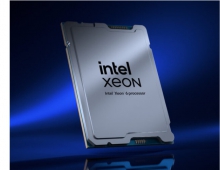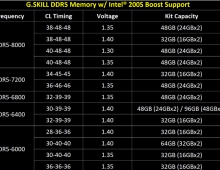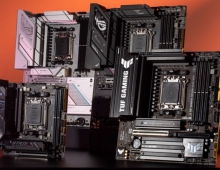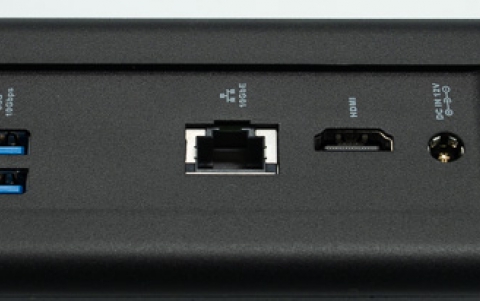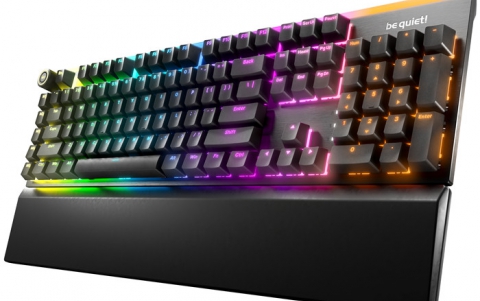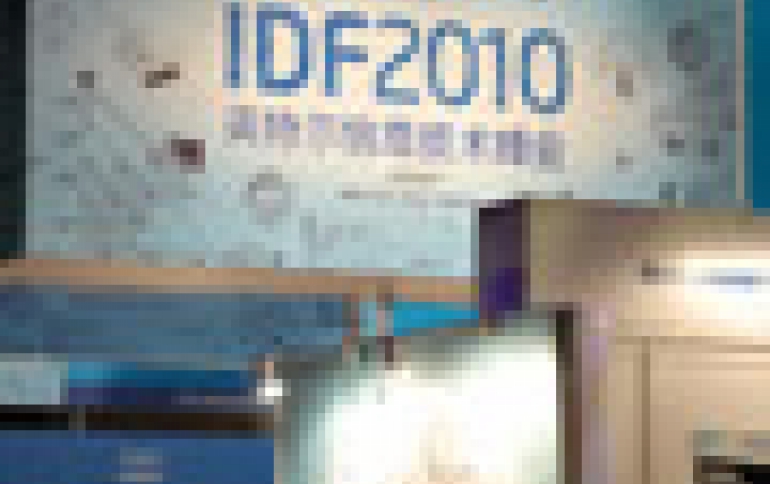
IDF2010 - Intel Demos Real-time Ray Tracing On Laptop
Intel demontrated how future gaming experiences on mobile devices could be enhanced by Intel-based servers in the cloud.
At IDF 2010, Intel researchers showed a demo ("Wolfenstein: Ray Traced") that adds new special effects to a game using real-time ray tracing for rendering.
In the demonstration, the up-to-date Wolfenstein game was rendered through a real-time ray tracer with several special effects that haven't been possible before in games with such an accuracy. Two of several highlights are:
- The chandelier model. hrough ray tracing Intel is calculating physically correct reflections and refractions in the many glass objects it contains. The model is highly detailed with around one million triangles. This one model consists of three times the detail than everything else in the level combined.

- The surveillance station. At a wall in the game there are twelve screens that each show a different location of the level. This can be used by the player to get a tactical gaming advantage.
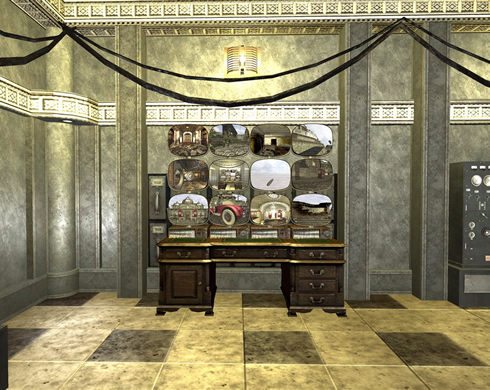
The images were rendered from a "cloud" of four servers with Intel?s Knights Ferry platform inside. It is a Many Integrated Core (MIC) architecture targeted towards the High-Performance Computing market (meaning: not targeted to the individual gamer to be bought). As ray tracing is a highly parallel application it can therefore take very good benefit of the many cores that are in a single chip on the Knights Ferry board.
Four Kinight's Ferry servers were used to represent a future "cloud" of compute resources sending images to a mobile device. During the demonstration these servers rendered the images and streamed them over a small laptop where the game could play. Once a chip in one of the servers has finished calculating a new frame for the game it was send it over the network to the laptop. Once a chip in one of the servers has finished calculating a new frame for the game it will send it over the network to a thin client, in this case a small laptop.
Rendering high-end graphics for applications such as gaming in the cloud is an emerging trend that has some interesting advantages. Rather than being constrained to running these high-end applications only on your desktop at home, you can in principal play on any computer - such as a system at your friend?s house or even lightweight systems like a netbook or tablet. In the future, it could also free up compute resources on your system to be used for voice and gesture recognition, Intel said.
In the demonstration, the up-to-date Wolfenstein game was rendered through a real-time ray tracer with several special effects that haven't been possible before in games with such an accuracy. Two of several highlights are:
- The chandelier model. hrough ray tracing Intel is calculating physically correct reflections and refractions in the many glass objects it contains. The model is highly detailed with around one million triangles. This one model consists of three times the detail than everything else in the level combined.

- The surveillance station. At a wall in the game there are twelve screens that each show a different location of the level. This can be used by the player to get a tactical gaming advantage.

The images were rendered from a "cloud" of four servers with Intel?s Knights Ferry platform inside. It is a Many Integrated Core (MIC) architecture targeted towards the High-Performance Computing market (meaning: not targeted to the individual gamer to be bought). As ray tracing is a highly parallel application it can therefore take very good benefit of the many cores that are in a single chip on the Knights Ferry board.
Four Kinight's Ferry servers were used to represent a future "cloud" of compute resources sending images to a mobile device. During the demonstration these servers rendered the images and streamed them over a small laptop where the game could play. Once a chip in one of the servers has finished calculating a new frame for the game it was send it over the network to the laptop. Once a chip in one of the servers has finished calculating a new frame for the game it will send it over the network to a thin client, in this case a small laptop.
Rendering high-end graphics for applications such as gaming in the cloud is an emerging trend that has some interesting advantages. Rather than being constrained to running these high-end applications only on your desktop at home, you can in principal play on any computer - such as a system at your friend?s house or even lightweight systems like a netbook or tablet. In the future, it could also free up compute resources on your system to be used for voice and gesture recognition, Intel said.



